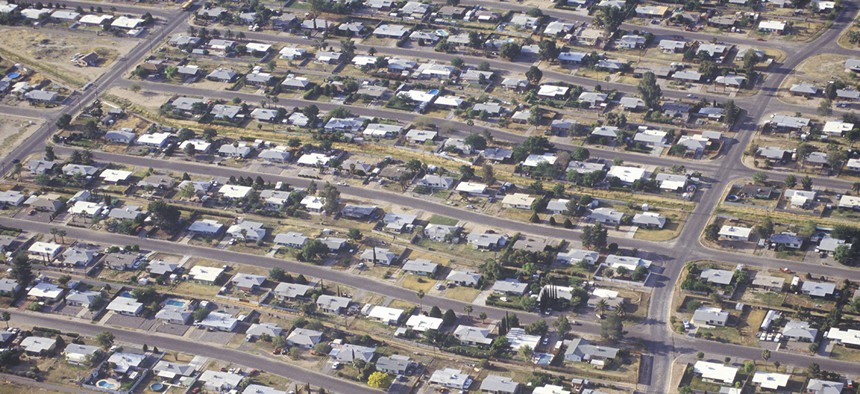Labor Department: U.S. Inflation and Housing Costs Are Up
Last month, the government’s measure of the cost of shelter saw its largest increase since 2007.
Consumer prices rose modestly in July, and according to the U.S. Labor Department those gains were largely due to a 0.4 percent increase in the cost of shelter—the government’s measure of housing costs . This was the largest increase in the shelter index since 2007 .
While inflation for other Consumer Price Index (CPI) basket items has been decelerating , the inflation of shelter has only been going up since 2010. Compared with July of last year, shelter prices are up by 3.1 percent. In the coming months, shelter inflation is expected to continue .
Rising housing costs, paired with stagnant wages, are a big concern for most Americans because not only is rent often already the largest part of monthly expenses—it is increasingly becoming more expensive. One study found that half of all renters spend more than 30 percent of their income on rent and utilities.
The rising cost of shelter has been attributed to low vacancy rates , meaning supply is low relative to demand. This is also affecting Americans’ ability to buy homes —as high rents make it hard for Americans to save up for a down payment. Homeownership is currently at a 48-year low. As my colleague Gillian White wrote , high rent isn’t just bad for the economy, it hurts those who can least afford it the most.
( Image via Joseph Sohm / Shutterstock.com )
NEXT STORY: VA Cuts Disability Claims Backlog Below 100,000





